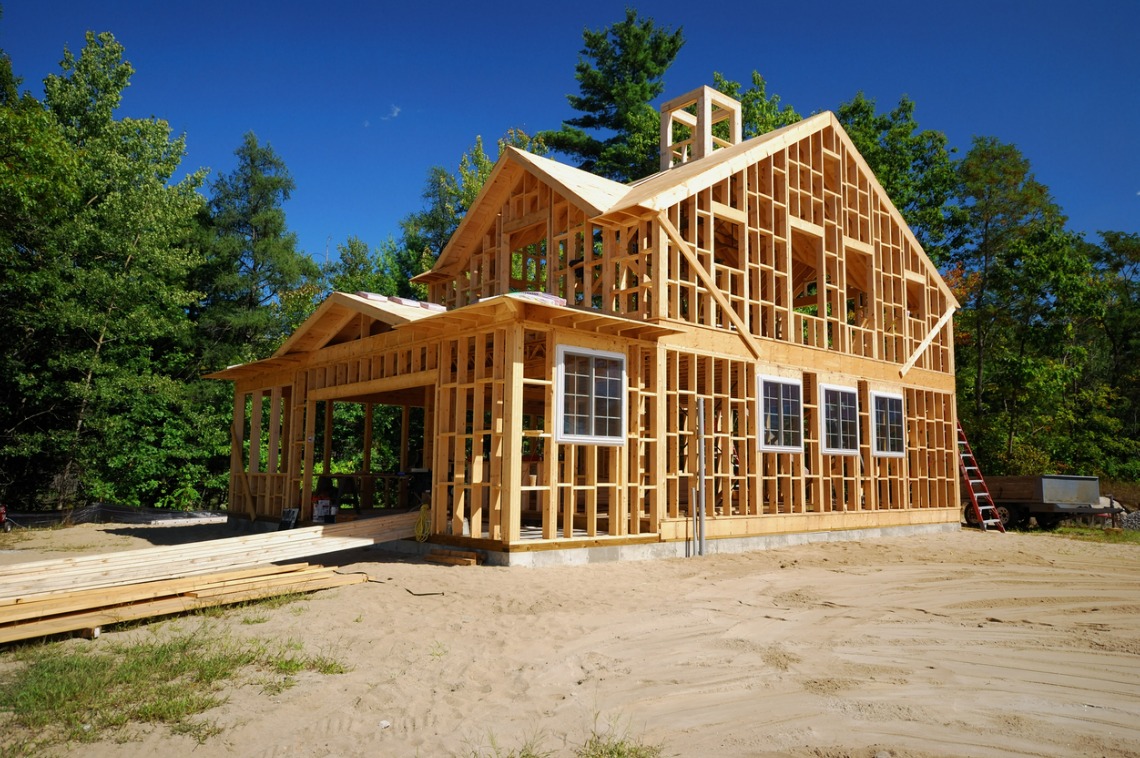Both real estate practitioners and lawmakers have been stressing inventory as one of the housing market’s major challenges. What changes has 2024 brought? Has supply caught up to demand?
The latest Home Building Geography Index from the National Association of Home Builders (NAHB) tracks building rates across the U.S. during Q2 2024. Said rates show mixed signs for supply—per the report, labor and inventory shortages remain a challenge.
In the single-family home market, construction is up. After most U.S. counties had been in the red since Q2 2022, single-family construction finally turned around in Q1 2024 with positive quarterly growth. Those growth rates climbed even higher from Q1 to Q2.
At the same time, multifamily construction remains stalled, and has even started falling in some areas.
Report methodology
The index classifies every county in the U.S. into seven categories, derived from region and population density.
- Large metro – core counties (for instance, the counties home to bustling cities like New York City, Miami, Dallas, etc.)
- Large metro – outlying counties
- Large metro – suburban counties
- Small metro – core counties
- Small metro – outlying counties
- Micro counties
- Non metro/micro counties
The large metro core counties tend to be small and spaced out, reflecting how inside their borders, large populations are crammed into one large city. Micro counties are those with the smallest populations; for instance, the least populated counties in the U.S. such as Loving County, Texas. Non metro/micro counties refer to rural areas, and so are most often found in Southern and Western plain states.
Regional breakdown of building rates
While specific numbers, of course, differ across these categories, the overall results do show a consistent trend.
For instance, in the large metro area core counties, single-family construction improved from +13.8% (Q1) to +17.6% (Q2). The largest increase was in small metro areas, where construction improved from +10.8% (Q1) to +16.7% (Q2).
The results continue a trend stretching back into 2023. Single-family construction was well behind in the first two quarters of the year, slightly improved in Q3 2023, then saw a major improvement in Q4 (albeit not enough to reach positive growth). Q1 2024 saw another big boost that finally brought positive growth. The Q2 2024 improvements were only marginal but continued the upward trend.
Low-population micro counties are where single-family construction is faring the worst, with only 3.4% increased construction in Q2 2024 (up from 0.9% in Q1).
While single-family construction is improving, the multifamily market remains in decline. Since Q2 2023, construction growth has been in the negative for most counties, where it remains today. There is not a consistent pattern of improvement either. In Q2 2024, some county types posted slight improvements (large metro outlying counties: -26.3% to -22.3%), while others declined even further (non metro/micro counties: -0.2% to -14.8%).
“Despite the elevated interest rate environment, single-family construction continues to move along at a better pace than 2023 and has been led by a rebound in construction activity in high density areas,” said NAHB Chairman Carl Harris. “Multifamily construction continues to slow as builders deal with higher rates, a shortage of workers and supply chain concerns for some building materials.”
“The strength in single-family construction at the start of the year continued in higher density areas, matching other data indicating a gain for townhouse construction at the start of 2024,” said NAHB Chief Economist Robert Dietz. “New data on second homes points to most housing construction taking place in areas with fewer second homes, as most second family homes are located in less urban areas such as non-metro counties.”
For the full NAHB geography index, click here.

